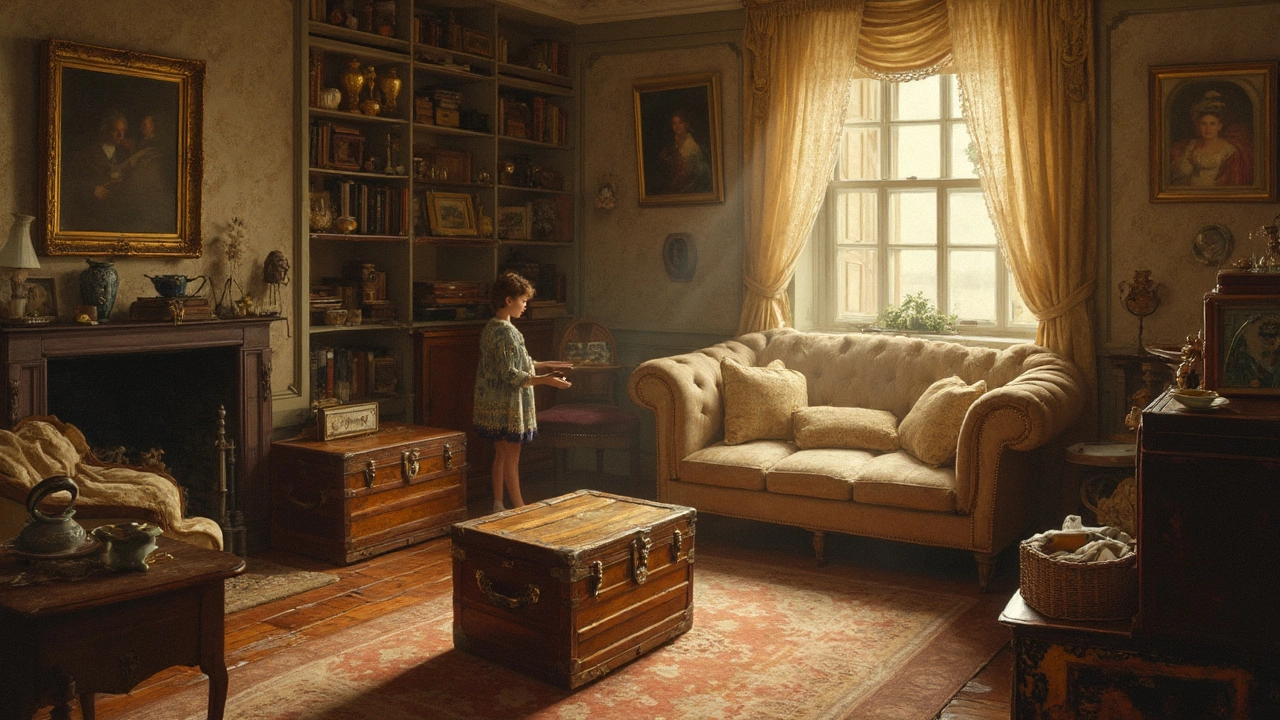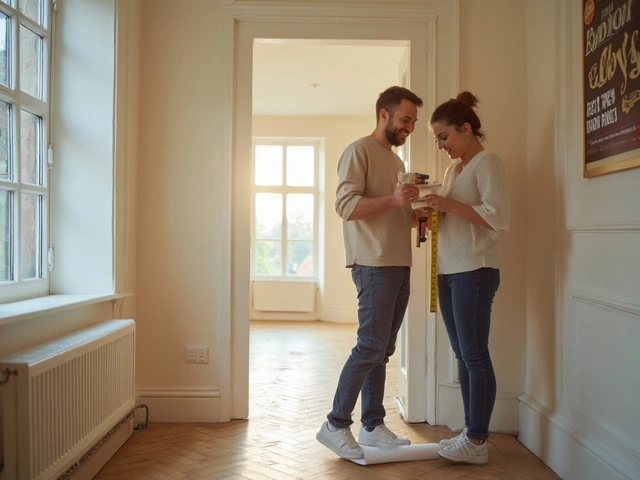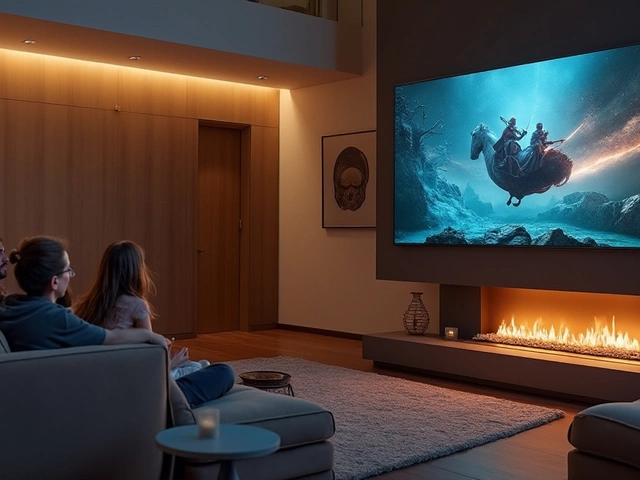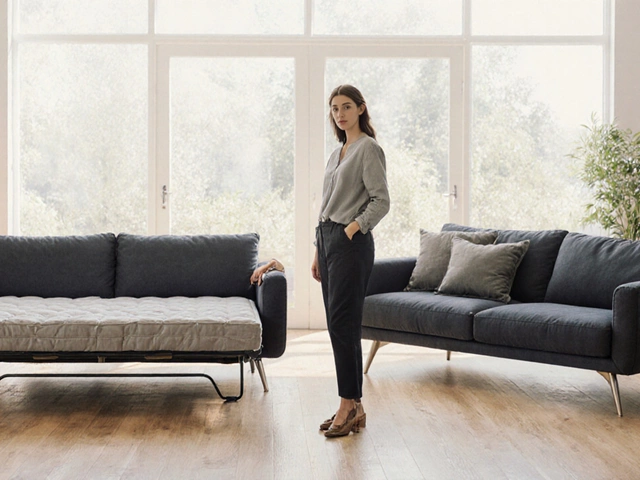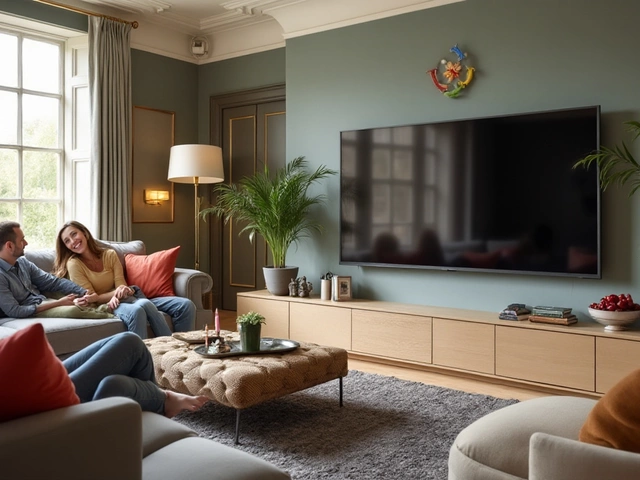Closets – Practical Storage Solutions for Every Space
If you’re trying to tame a messy room, a good closet can be a game‑changer. It’s not just a piece of furniture; it’s a way to keep clothes, books, and gear where they belong. In this guide we’ll break down how to choose the right closet, what to look for in a wardrobe or armoire, and simple tricks to get the most out of a small space.
Choosing the Right Closet for Your Room
First, think about where the closet will live. A narrow hallway needs a slim, tall unit, while a bedroom with a wall‑to‑wall layout can handle a larger wardrobe. Measure the width, height, and depth, then compare those numbers to the product specs. If you’re torn between a wardrobe and an armoire, remember that wardrobes usually have hanging rods and shelves, whereas armoires often include extra doors and a more decorative look. Both store clothes, but a wardrobe is more functional for daily use, while an armoire adds a style boost.
Material matters, too. Solid wood is sturdy and ages well, but MDF or laminate can be cheaper and still look good if you don’t need heavy‑duty use. Check the weight capacity of the hanging rod – you don’t want it to sag under a load of coats.
Tips to Maximise Closet Space
Once you have the right closet, make every inch count. Install a second hanging rod about 40 cm below the first – perfect for shirts and pants. Add shelf dividers to keep sweaters from toppling over, and use clear bins for shoes or accessories so you can see what’s inside.
Use the back of the closet door for extra storage. Over‑door hooks or a slim hanging organizer can hold belts, scarves, or even school supplies. If you have a deeper closet, insert pull‑out drawers or baskets; they turn a dead‑space area into a handy nook.
Don’t forget lighting. A battery‑powered LED strip along the top shelf makes it easier to find items, especially in a dark walk‑in closet. Small changes like this cut down on the time you spend hunting for the right shirt.
When you’re buying, look for units that come with adjustable shelving. The ability to move shelves up or down means you can adapt the closet as your needs change – from storing kids’ clothes now to more formal wear later.
Finally, keep the closet tidy by setting a regular ‘declutter’ day. Pull everything out, decide what to keep, donate, or toss, and then replace items using the new organization system you’ve set up. A tidy closet stays tidy, and you’ll actually see the space you have.
Whether you’re outfitting a school classroom, a home office, or your own bedroom, the right closet makes a big difference. Choose a size that fits, pick a material that suits your budget, and use these simple hacks to get the most storage out of every inch.
